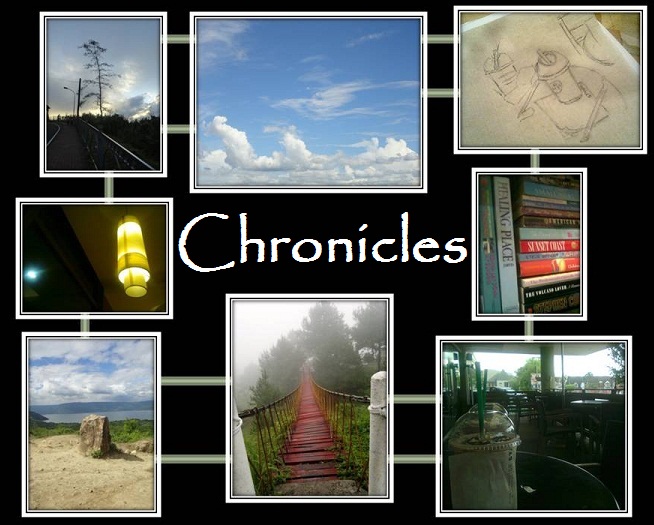
Petroglyphs are markings,
carvings and etchings on a rock surface that is believed to be the pre-historic
form of art and writings of our ancestors. The town of Angono in Rizal is proud
to be the home of this first form of art in the Philippines.
Angono in Rizal is known to be
the art capital of the Philipppines. This is the hometown of national artist
Lucio San Pedro in music and Botong Francisco in arts. It was also Botong
Francisco who discovered the petroglyphs in 1965.
The Angono petroglyphs are
located at the boundary of Angono and Binangonan inside the Thunderbird
Resorts. If you are a commuter, you need to ride an Angono bound jeepney but be
sure to ask the driver if they would pass the Scrapyard Resoirt and Balaw-Balaw
as this will be your drop-off point. Upon reaching Scrapyard Resort or
Balaw-Balaw, hire a tricycle to take you to the petroglyphs or as more commonly
known by the locals as the “kweba”. Tricycle fee is Php 300 (one-way). Reminder,
don’t bring heavy baggage and the maximum passenger capacity of the tricycle is
2 persons; the road is too steep and it may be difficult for the tricycle to
climb the road.
Upon reaching the site you need
to enter a tunnel and walk some meters to reach the petroglyphs. You will need
to pay a fee of Php 20.00 for adults and Php 10.00 for kids to the National Museum.
The National Museum together with the municipality is responsible for
preserving the petroglyphs as there are already some vandals in the rocks. And
through Presidential Decree No. 260 the Angono Petroglyphs was declared as a
national cultural treasure by the government.
 |
| the tunnel going to the petroglyphs |
 |
| the National Museum office |
Aside from the petroglyphs, you
can also visit the National Museum office where it showcases the primitive form
of writings, fossils, and artefacts. The site is also rich in fauna, and if you
are lucky you might also see the owl that is said to be living in the area. You
might also find yourself in awe when you see the overlooking of the Laguna de Bay
on your way to the site of the Petroglyphs.
 |
| writing and drawings |
 |
| drawings of animals and peoples |
 |
| the first Filipino Alphabet |
 |
| fossils from the National Museum |
 |
| artifacts from the National Museum |
 |
| the view deck |
 Petroglyphs are markings,
carvings and etchings on a rock surface that is believed to be the pre-historic
form of art and writings of our ancestors. The town of Angono in Rizal is proud
to be the home of this first form of art in the Philippines.
Petroglyphs are markings,
carvings and etchings on a rock surface that is believed to be the pre-historic
form of art and writings of our ancestors. The town of Angono in Rizal is proud
to be the home of this first form of art in the Philippines.








